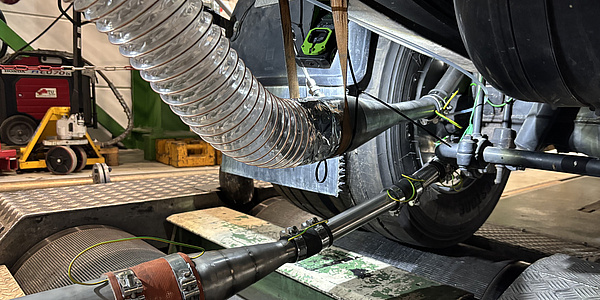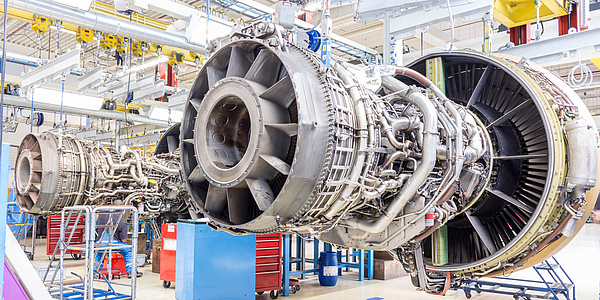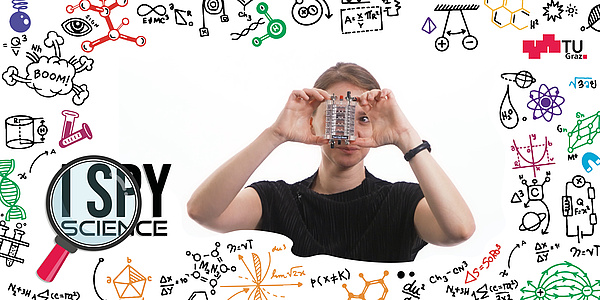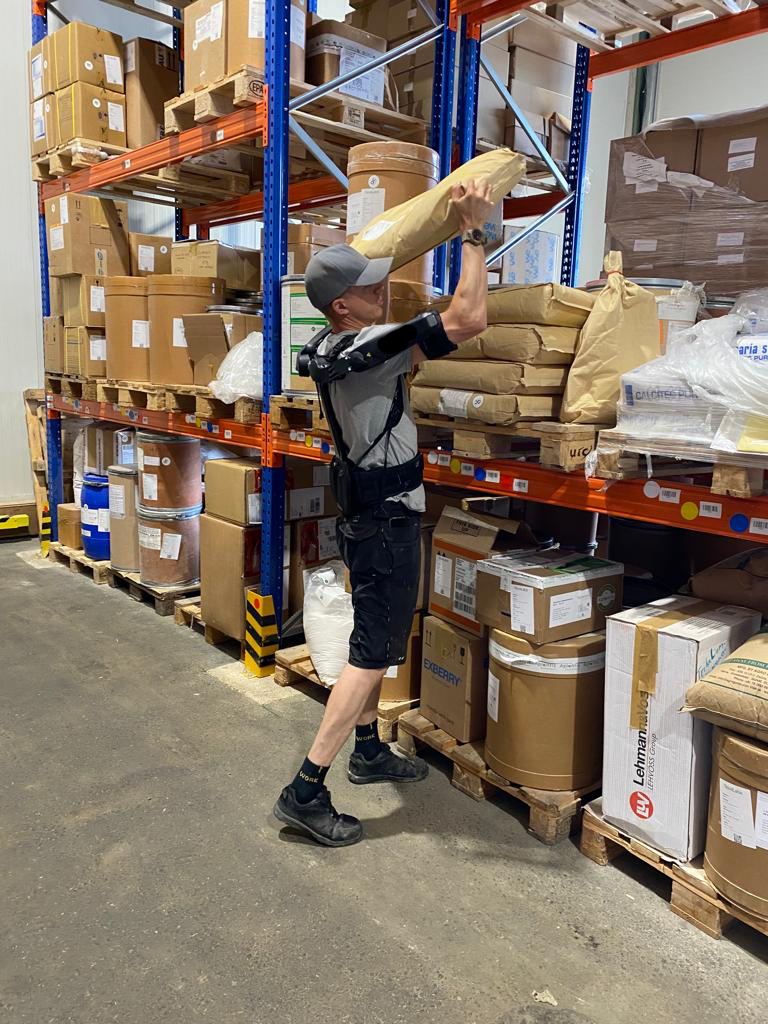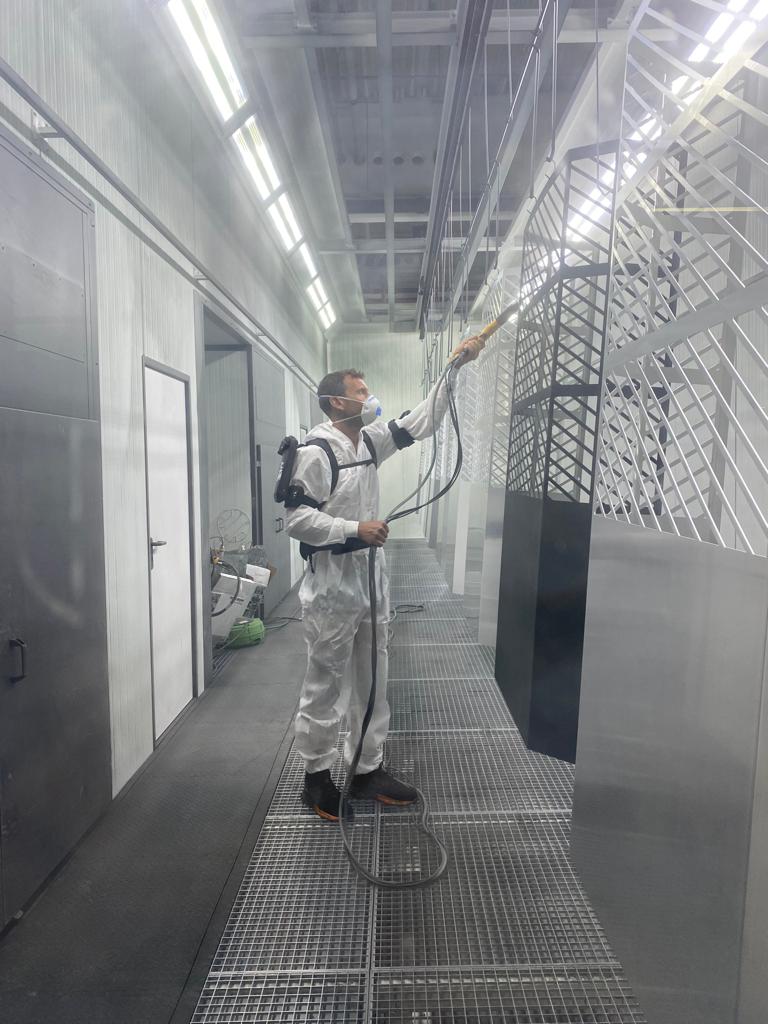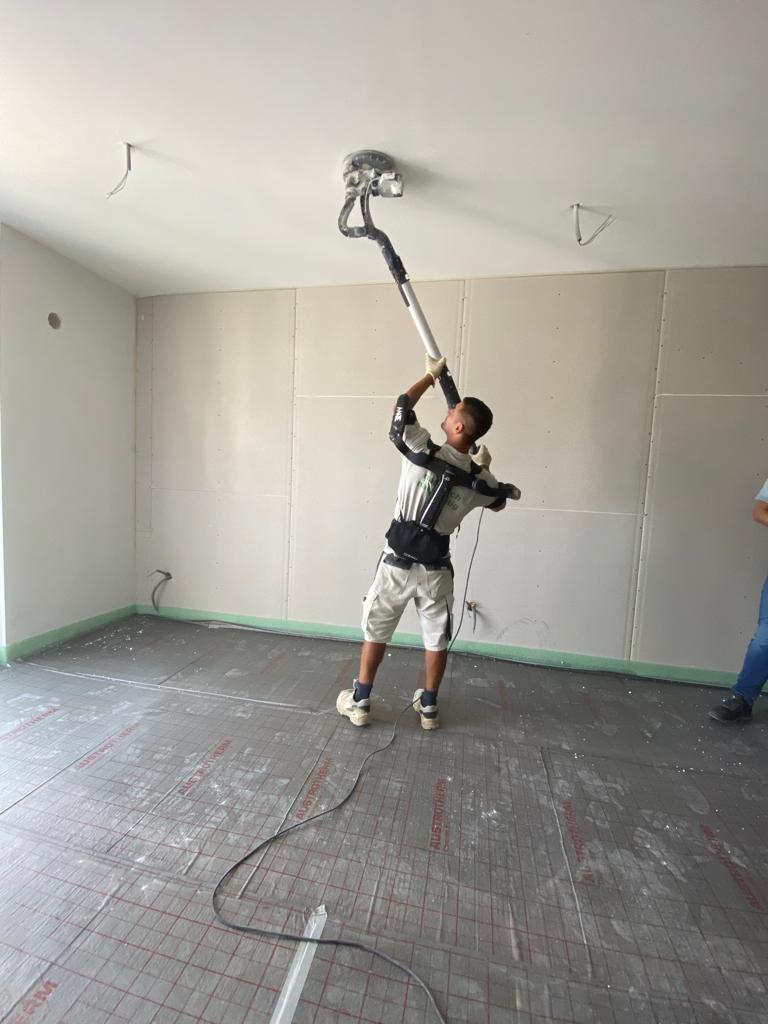Study by TU Graz Shows what Kind of Work is Facilitated by Exoskeletons
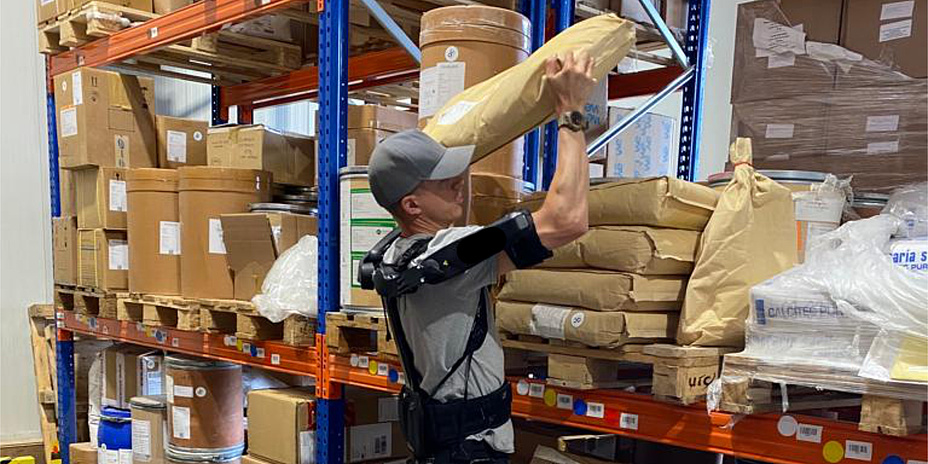
Hard physical work is not healthy for anyone in the long term. Sooner or later, many people suffer from back, joint or muscular complaints. Exoskeletons are a technology that promises support for this type of work and therefore less physical strain. In the ExoFitStyria project, the Institute of Innovation and Industrial Management at Graz University of Technology (TU Graz), together with eleven small and medium-sized enterprises in Styria, have investigated whether and for which activities this really applies, and found areas in which exoskeletons provide real relief. However, there were also activities where the relief was only slight or the supposed help was more of an obstacle. The project was funded by the Styrian Chamber of Labour through the Work 4.0 Project Fund.
Advantage for work with a high degree of standardisation
“The more consistent my work processes are and the more standardised the activity is, the better the support provided by an exoskeleton is, both objectively and subjectively. This is especially true if my main job is only rarely interrupted by secondary activities,” says Matthias Wolf from the Institute of Innovation and Industrial Management. For the study, the research team used passive exoskeletons, which are designed to reduce the load in critical areas with springs and dampers. In contrast to their active counterparts with electric motors, they are much lighter, easier to handle and, with a purchase price of roughly between 2,000 and 4,000 euros, also considerably cheaper, making them more suitable for small and medium-sized companies.
The researchers scrutinised 14 different activities, which could be categorised as order picking, welding, autogenous cutting, coating activities, bulky parts assembly and industrial painting activities. For the objective measurements, the team used electromyography (EMG) to determine the electrical activity in muscles and thus their strain. The subjective evaluation was carried out using questionnaires on which the test subjects rated the factors of perceived workload, usability and acceptance as well as advantages and limitations.
Most help for overhead work
The best results in a combination of objective and subjective assessment were achieved when painting overhead with shoulder or back support. The scores here were positive for usability as well as for reducing the workload and integration into the workflow. Standardised metal and metal cutting work, silo welding and order picking requiring a movement radius of less than five metres also performed well. The worst results were achieved in order picking with a large movement radius of more than five metres and powder coating work on large surfaces, both of which were carried out with shoulder support. There were too many movements that required working against the support of the exoskeletons. When consistently walking for longer distances, the mechanical aids are also bulky and make moving more difficult. Constantly putting them on and taking them off would take too much effort and or time.
Activities involving a movement radius of over five metres that were carried out with back support, such as warehouse work, the assembly of bulky components and loading work, achieved an intermediate rating. Here, objective and subjective assessments were not always consistent and the improvements were not particularly big. EMG measurements showed clear muscle relief, but the test subjects did not feel particularly good. Social acceptance can also play a role in the wearing of exoskeletons, for example if colleagues expressed amusement regarding the wearers.
Training in the ExoLab
“In certain areas of application, exoskeletons can help to relieve the strain on workers and allow them to work longer and healthier,” says Matthias Wolf. “In view of the shortage of skilled labour and demographic change, this is becoming increasingly relevant. However, it is important to evaluate beforehand whether the respective activity is really suitable. In the ExoLab at TU Graz, we soon want to offer companies the opportunity to take a closer look at exoskeletons, train with these companies and evaluate whether and how they can be integrated into their own work processes.”
This research area is anchored in the Field of Expertise “Mobility & Production“, one of five strategic foci of TU Graz.
Would you like to receive the latest stories, news, research stories, interviews or blog posts from TU Graz directly on your smartphone or in your email inbox? Subscribe to the TU Graz Telegram newsletter free of charge.
Kontakt
Matthias WOLF
Ass.Prof. Dipl.-Ing. Dr.techn. BSc
TU Graz | Institute of Innovation and Industrial Management
Phone: +43 316 873 7796
matthias.wolf@tugraz.at
